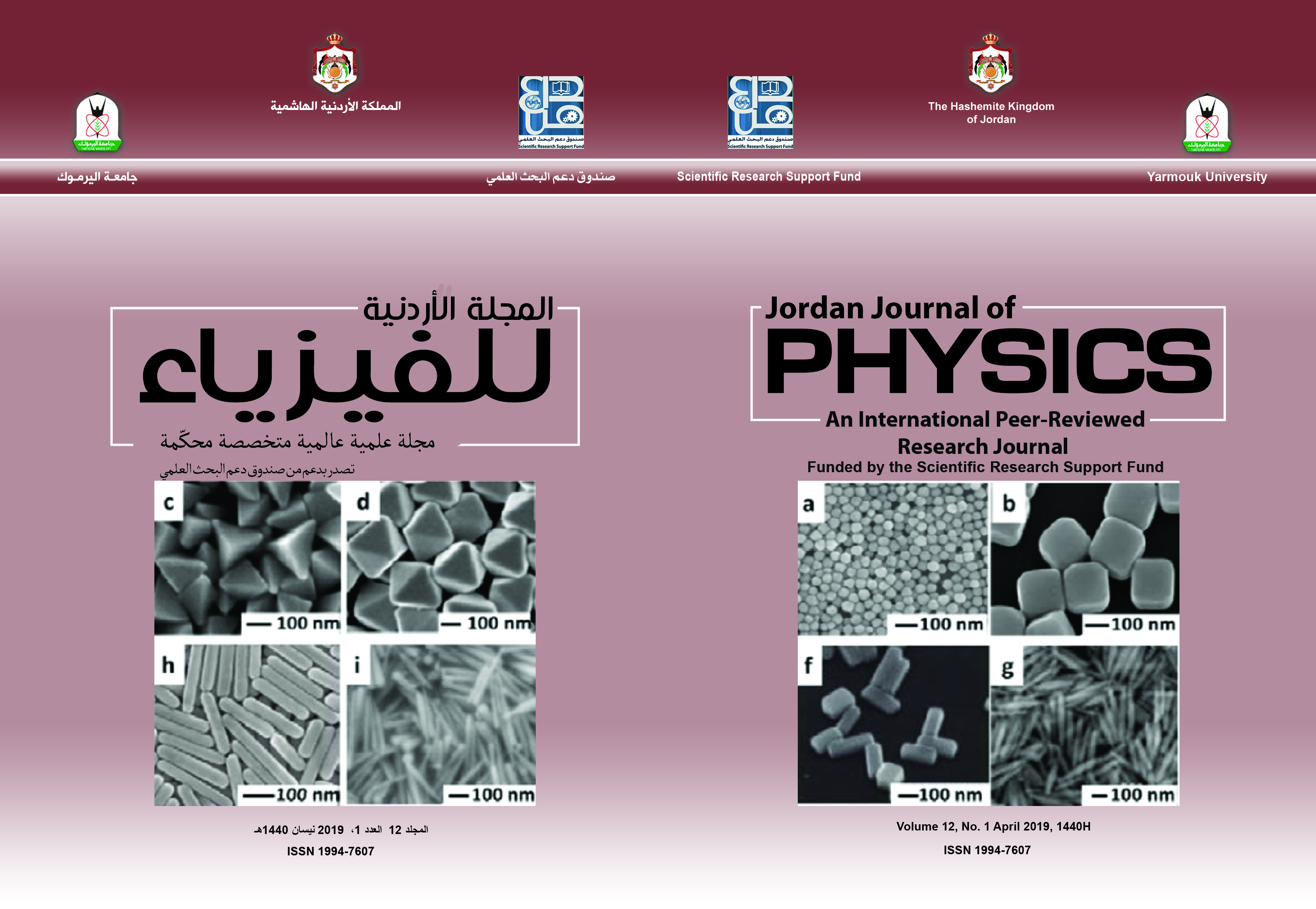Decrement of Secondary Gamma Radiation Flux during Solar Eclipses on January 4, 2011 and December 26, 2019 at Udaipur, India
Abstract
The solar eclipses at Udaipur (270 43’ 12.00”N, 750 28’ 48.01”E), India were
experimentally observed on January 4, 2011 and December 26, 2019 using a ground-based
NaI (Tl) scintillation detector. For the solar eclipse on January 4, 2011, the data files were
stored in a computer for a thirty-minute duration from 14.30 IST to 15.00 IST on preeclipse normal days as well as on post-eclipse normal days and also on partial eclipse day
(January 4, 2011). For solar eclipse on December 26, 2019, cadences of data were collected
for three hours from 8 AM to 11 AM on pre-eclipse normal days as well as on post-eclipse
normal days and also on eclipse day (December 26, 2019). The analyzed data revealed
significant decrement of secondary gamma radiation flux (SGR) on solar eclipse day
(January 4, 2011) of about 10 % and on solar eclipse day (December 26, 2019) of about 17
% in the counts of SGR flux on comparison to average counts of normal days. We interpret
such decrement of SGR flux on the basis of obstruction effect produced by the Moon during
solar eclipses.
Keywords: Solar eclipse, Cosmic radiation, Solar radiation, Secondary gamma radiation,
Obstruction effect by the Moon.


